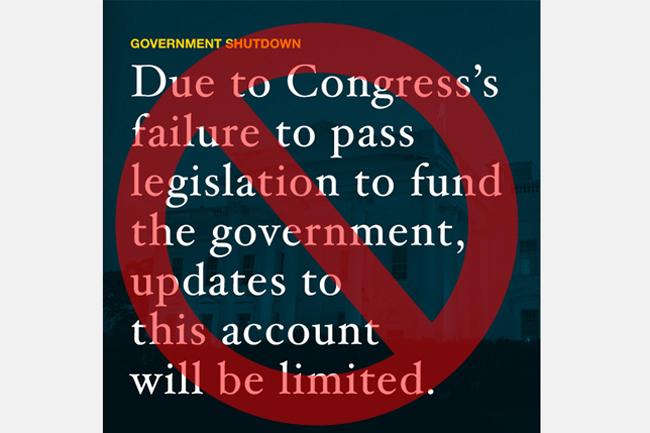
If you haven’t been following any of them before, now is a good time as any to start doing so!
1. The official NASA Goddard Instagram account
There are a number of reasons why NASA won the recent Shorty Awards for the #Government category, but we really don’t need to get into that in full detail. Instead, we’ll just show you one of their more active social media accounts, belonging to the Goddard Space Flight Center.
Additionally, here’s a pretty cool photo of the northern lights taken by Astronaut Mike Hopkins during the shutdown, posted through NASA’s main Instagram:
2. The Curiosity Rover on Twitter
Inasmuch as I enjoy the view of Mars through the (original) Total Recall movie, nothing beats the real thing. Now that the mission is back in commission, expect to enjoy more snapshots of the red planet:
Allow me to reintroduce myself. I'm back on Twitter & even closer to Mars' Mount Sharp. http://t.co/GVWZBA5lvx
— Curiosity Rover (@MarsCuriosity) October 17, 2013
3. AsteroidWatch on Twitter
Really, all of NASA’s accounts should be on this list, but we promise this’ll be the last one.
[Tap tap] Is this thing on? Hey, it's great to be back! We're looking forward to sharing the news on near-Earth asteroids & comets.
— Asteroid Watch (@AsteroidWatch) October 17, 2013
The best thing about @AsteroidWatch being back is we can now rest easy knowing that we’ll know through Twitter right away if the world is about to go in Deep Impact or Armageddon fashion (also, movie metaphors are awesome).
4 asteroids are safely passing thru the neighborhood today at great distances–5 million to 18 million miles away (8 to 28 mil km)
— Asteroid Watch (@AsteroidWatch) October 17, 2013
Yay, no life-ending, flaming space rocks hurtling our way!
4. Smithsonian National Zoo app
The panda cams are back!
Our IT staff began the process of bringing the animal cams back online this morning, starting with the panda cams. http://t.co/JxpVA7xHYU
— National Zoo (@NationalZoo) October 17, 2013
As to be expected, the entire Internet is just too happy to be able to see Mei Xiang and cub go about their day, so the online feed may still be spotty.
The cams can only handle a limited number of connections. After 15 min. viewers need to refresh the cam page to continue to watch the cams.
— National Zoo (@NationalZoo) October 17, 2013
However, for only $1.99, you can enjoy uninterrupted live streaming of the panda cam through the official Smithsonian National Zoo app, which is available for both iOS and Android devices. Other features include detailed animal information, maps, and tour tips.

5. The official White House Tumblr
The White House is actually all over the social media space, but we find the fact that our government has an official Tumblrblog is way too cool not to be singled out on this list. There’s really no better way to learn more about President Obama’s day-to-day than through GIFs.

6. National Park Service Web cameras
One of the best things about the government shutdown being over is the fact that all national parks that have been closed off to the public are now once again accepting visitors. While outdoor lovers are free to go to any of the 401 national parks located all over the country, 18 of them are free for online sightseeing via webcam. Just click on any dot on the map to view a photo of your desired park.

Webcam photos are refreshed every 15 minutes. Other information provided include current air quality and weather, so you can plan your next hike or camping trip more efficiently.

7. NPS National Mall app
Most of the country’s famous landmarks are also open for business, including the National Mall, located in Washington D.C. On your next visit to the country’s capital, it’d be a great advantage to have the National Mall app installed, either on your iOS or Android device. Features include an easy-to-use map, walking directions, landmark information, and a Park Lens feature that allows you to view your surroundings with augmented reality by holding your device up and looking through the camera.



